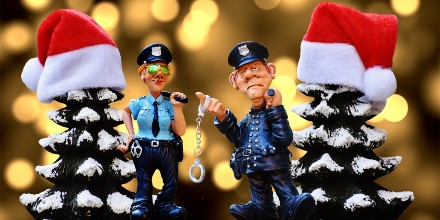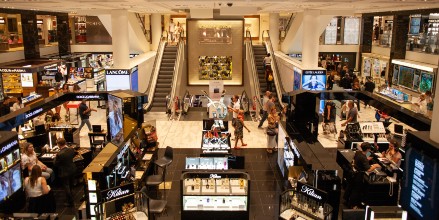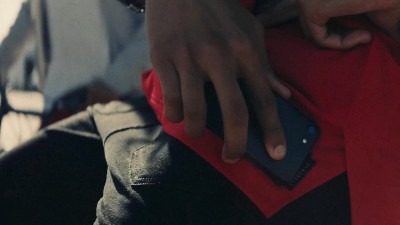Low Frequency
At the lowest common frequency or LF (Low Frequency), spans the range of 58-148.5 kHz or 58-148.5 thousand cycles per second.
In the area of low frequency of between 100 and 135 kHz the benefits are in the low-cost of production and its flexibility with respect to the area of application: because they possess a high penetration rate (for example, through water or organic material) and are highly effective around metals as well as at extreme temperatures or humidity, LF systems can be used in many areas.
The robustness of the system makes it ideal for use above all in industrial production where it can be employed in the systematic monitoring and tracing of orders or production parts. The permitted high transmitting power additionally increases the system’s radius of operation.
This makes this technology very suitable for implanting into animals, think of a microchip in your pets, the tags are read passively. The behaviour of the tag changes an incident RF field in a way that a reader can detect a unique ID.
High Frequency
The next and most commonly use of the technology is HF (High Frequency) range spans from 1.75-13.56 MHz
This frequency range is called HF, or High Frequency, and includes tags for use in building access, public transportation and electronic payment systems. The range of these systems is similar to LF: inches to feet, depending on the application. HF tags also work pretty well with metals and liquids.
Eaistag RF electronic article surveillance systems work within the HF range at 8.2MHz.
More recently Near Field Communications (NFC) uses the 13.56MHz range predominately used for proximity applications: a human gesture of moving one’s arm, wallet or purse is used to provide access or payment.
The middle frequency range of between 10 and 15 MHz improves the read range and the data transfer rate of the passive RFID systems in comparison to the lower frequency range. Through a middle data rate of 26 kBit/s, larger amounts of data can be more quickly transferred in the HF range. The areas of application here are also versatile and are increasingly expanding.
The systems that operate in the frequency of 13.56 MHz are employed in object identification, logistic management of merchandise, control of production processes, quality assurance and control, time recording, cost accounting and retail security. Through the higher pulse frequency and data transfer rate, ciphering methods can also be made feasible. In the long run the conditions governing RFID technology in this frequency range will be additionally improved by processes of innovation.
Ultra High Frequency
UHF (Ultra High Frequency) range spans from 433, 840-960 MHz.
RFID systems in high frequency ranges from 868 to 915 MHz achieve the largest read range. Correspondingly, the data transfer rate improves: the data rate between the RFID transponder and the reader in the UHF area occurs normally in real time.
UHF RFID tags contain a small silicon chip and an antenna paired onto or into an object. This allows the creation of tags which can be read from millimetres to 10`s of meters in a passive configuration or 100`s of meters if used semi-passively or actively.
The cost and long range of UHF RFID means that tags can be placed just about anywhere and interrogators (or RFID readers) can read them. This allows computers attached to these interrogators to see the world around them; not with the lens of the visual spectrum like humans do, but through the RF lens, this technology can be made to work very well and without human intervention.
UHF applications point to a future where identification and sensing could become ubiquitously present in every object in a user environment. This would allow the creation of one of the ultimate ambient interfaces: each application would be created by filtering relevant data for a particular user case. A popular example for an application area for UHF systems is the control and monitoring of logistics processes or the organization of inventory management systems.
Let’s get started. Talk to us today.
Ready to start talking with a company about Radio Frequency Identification?




